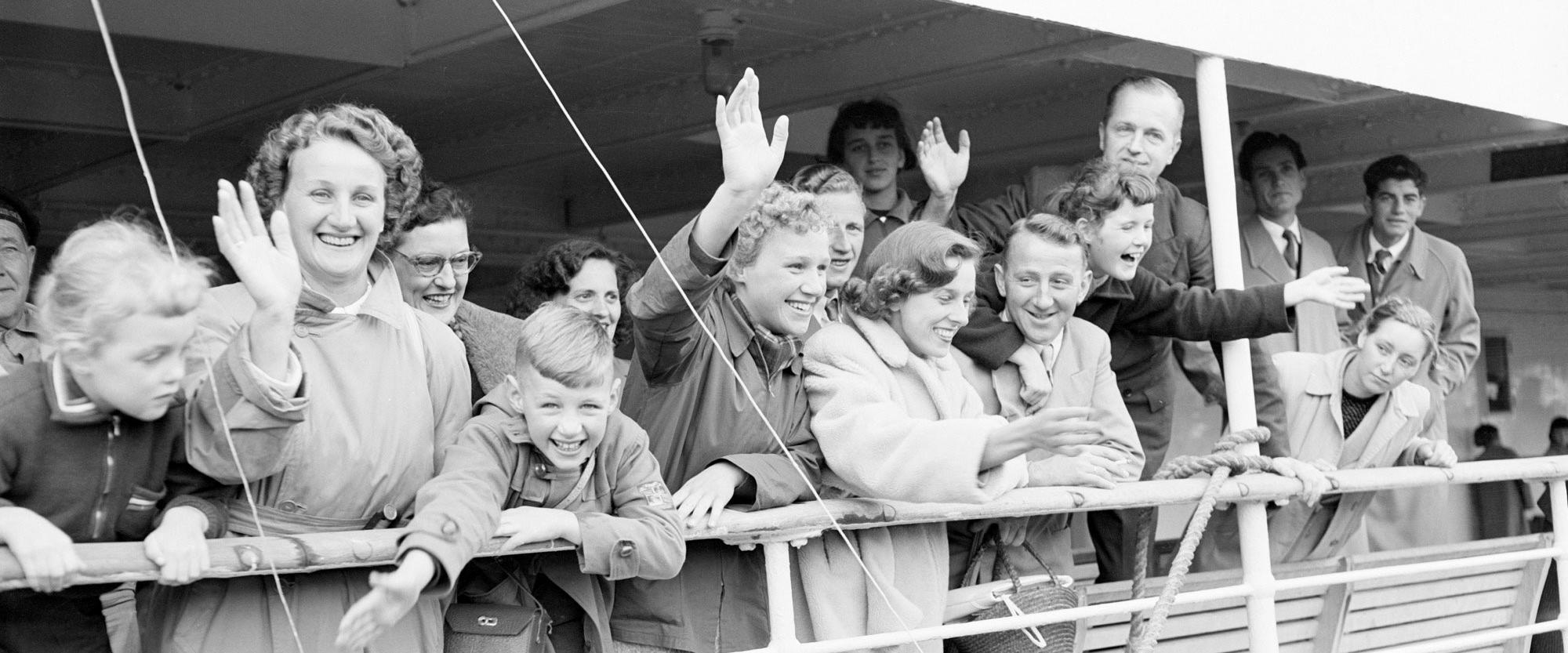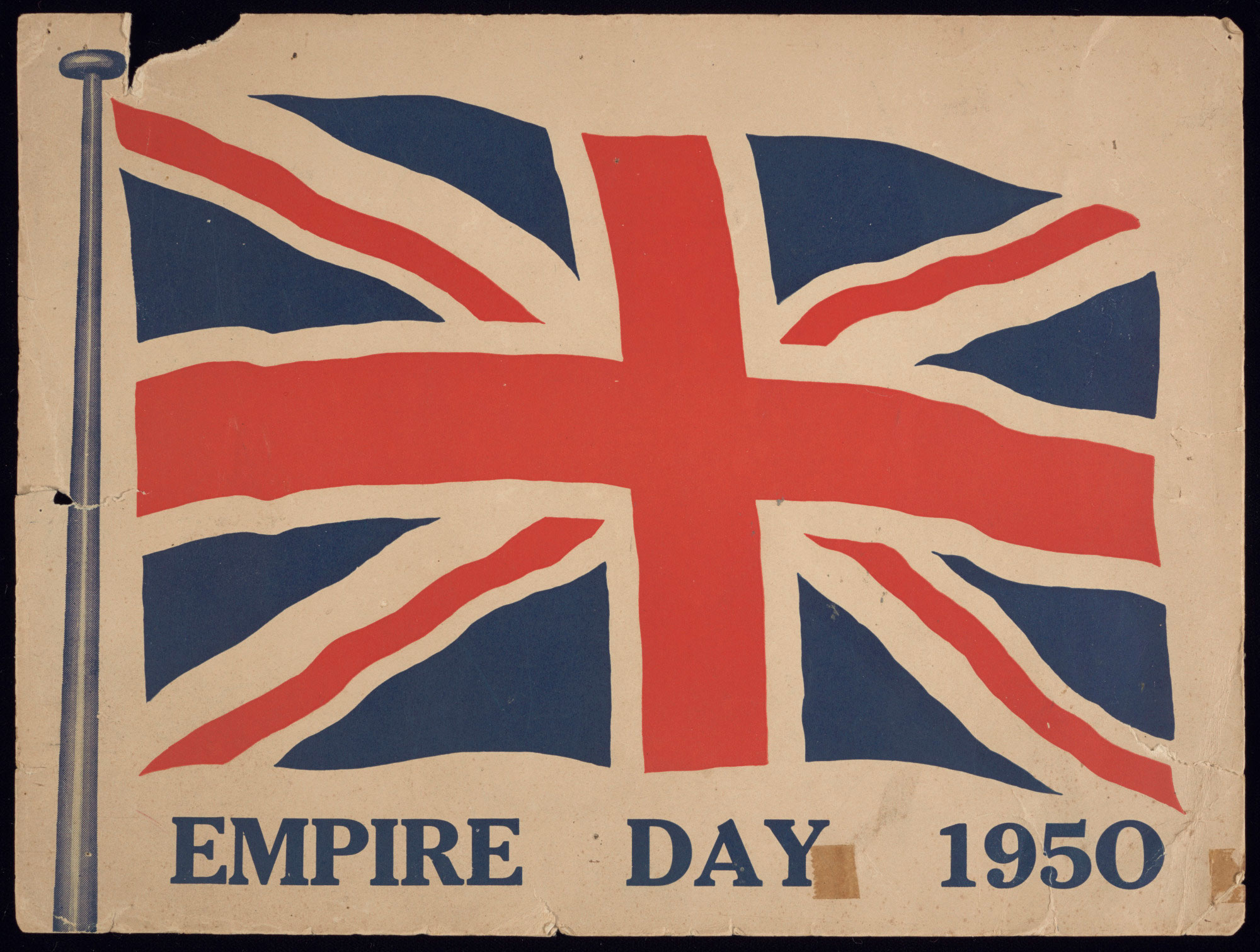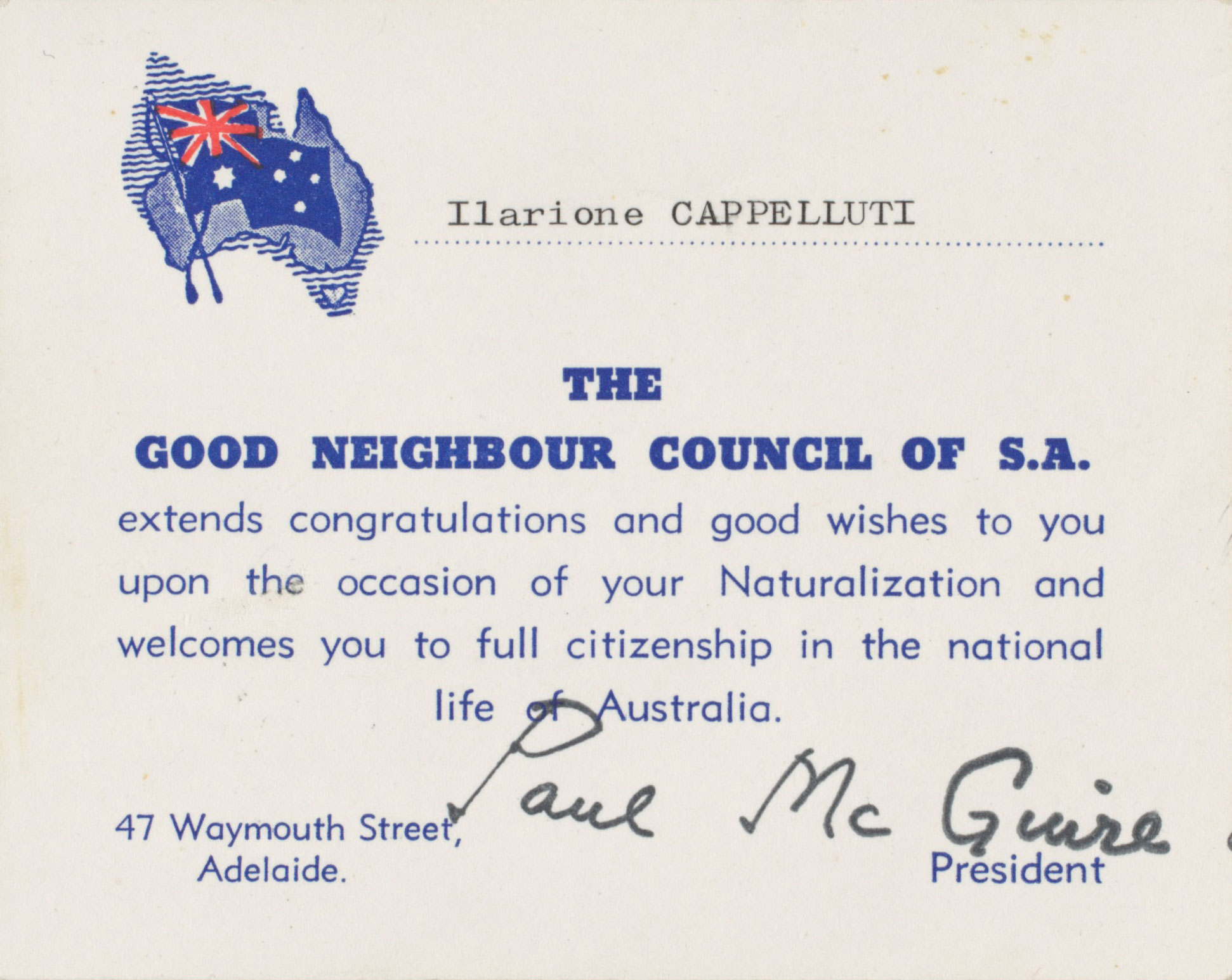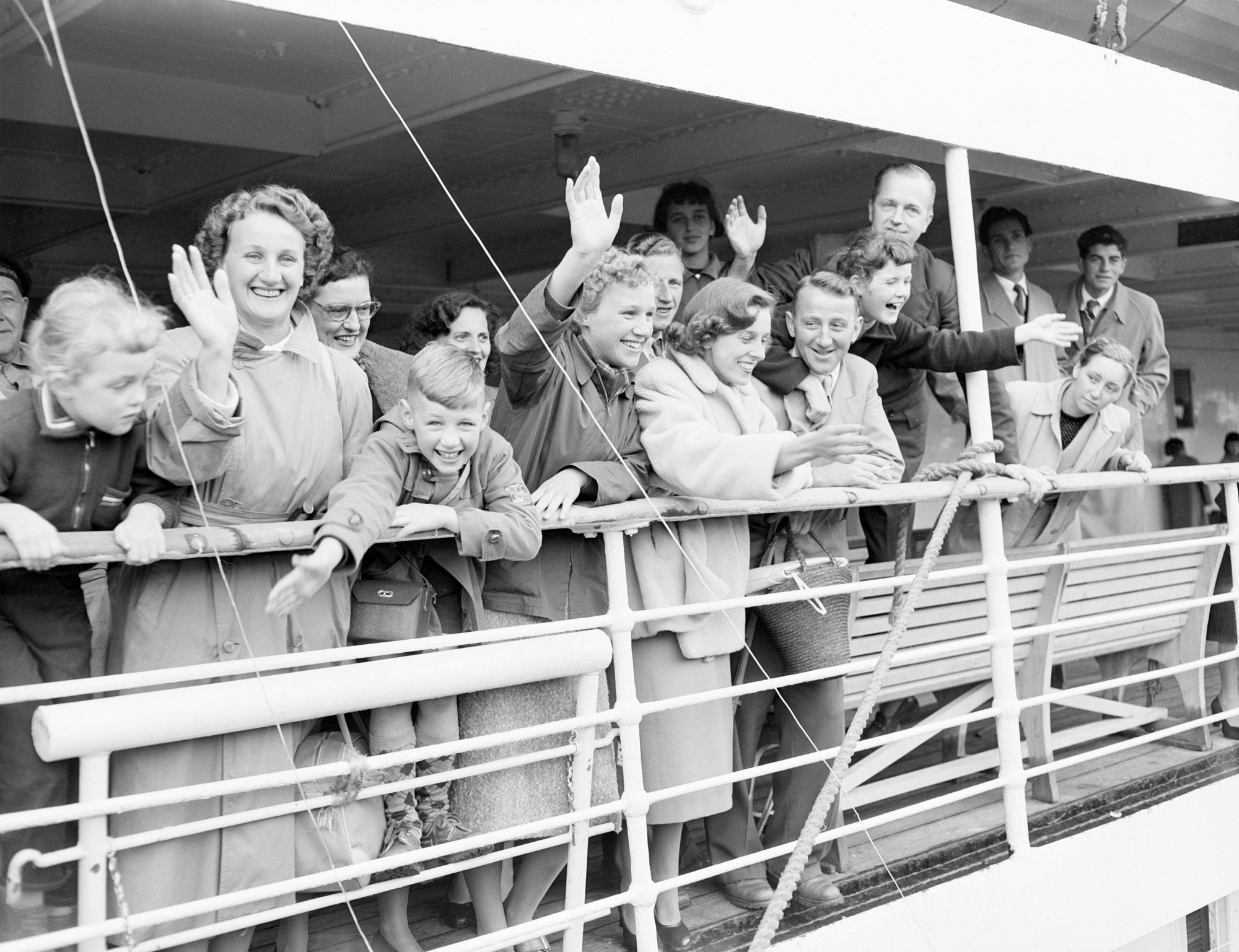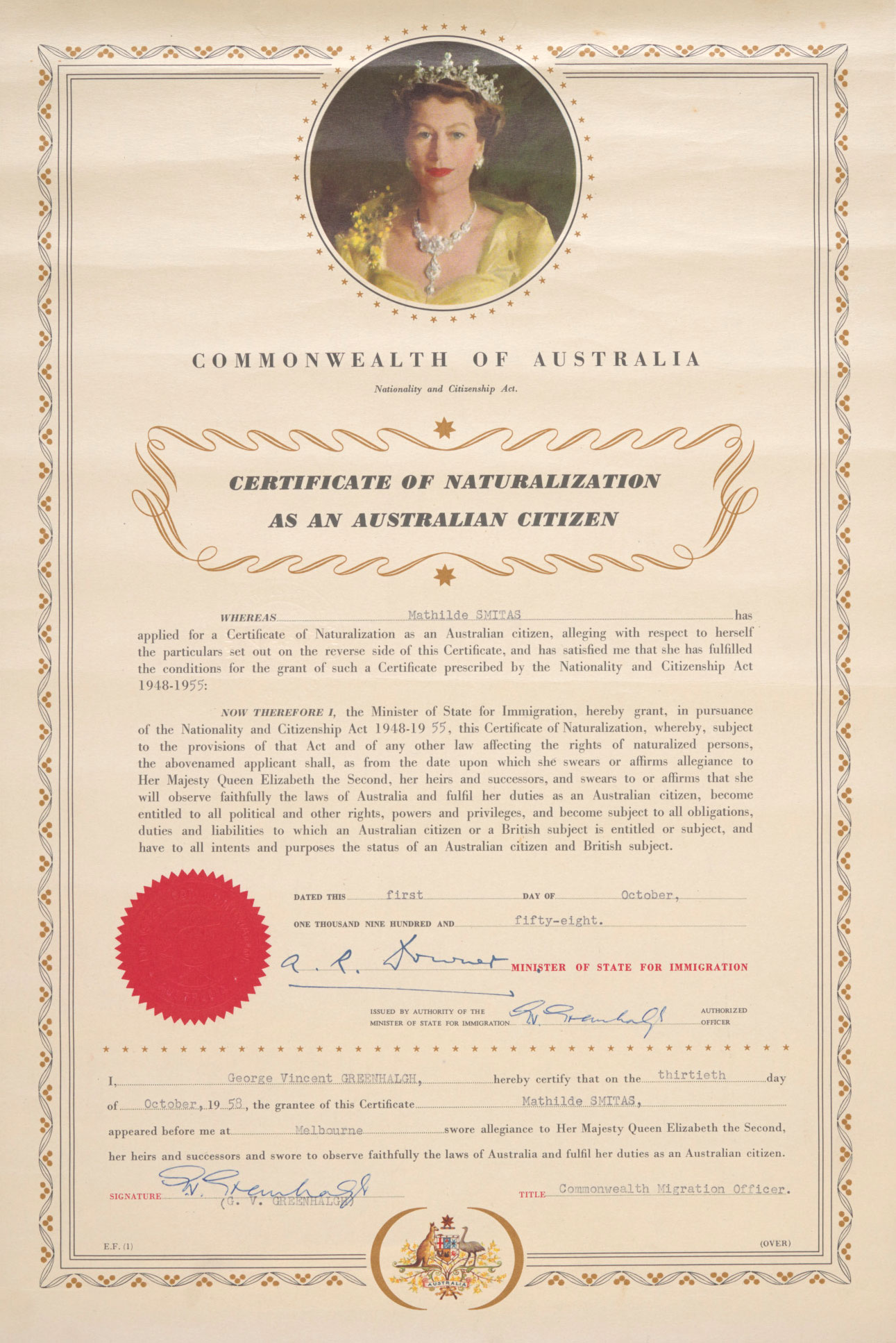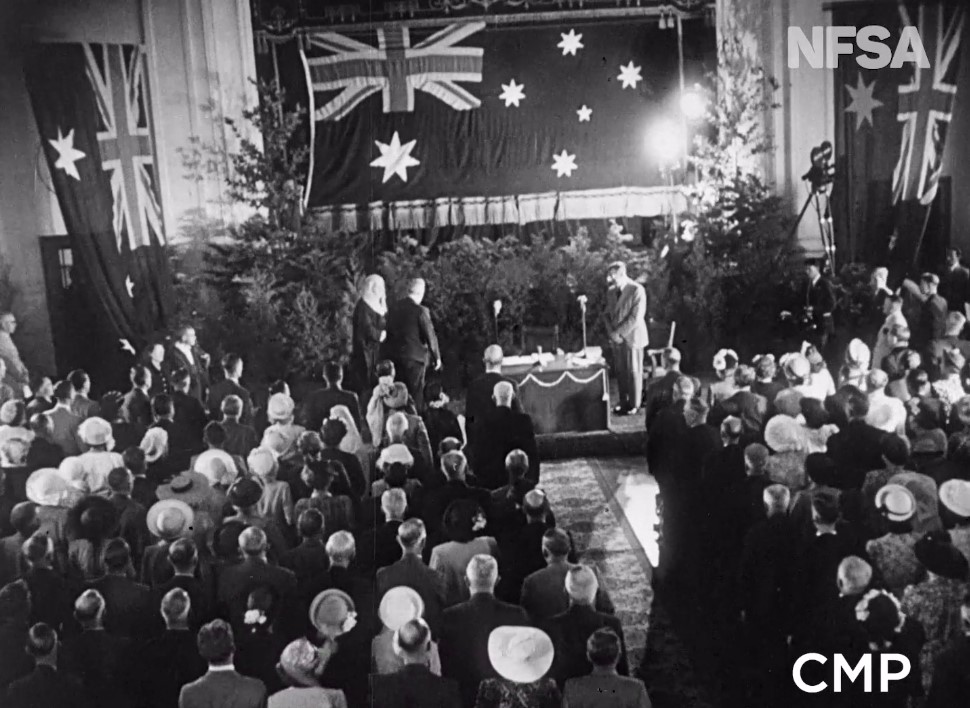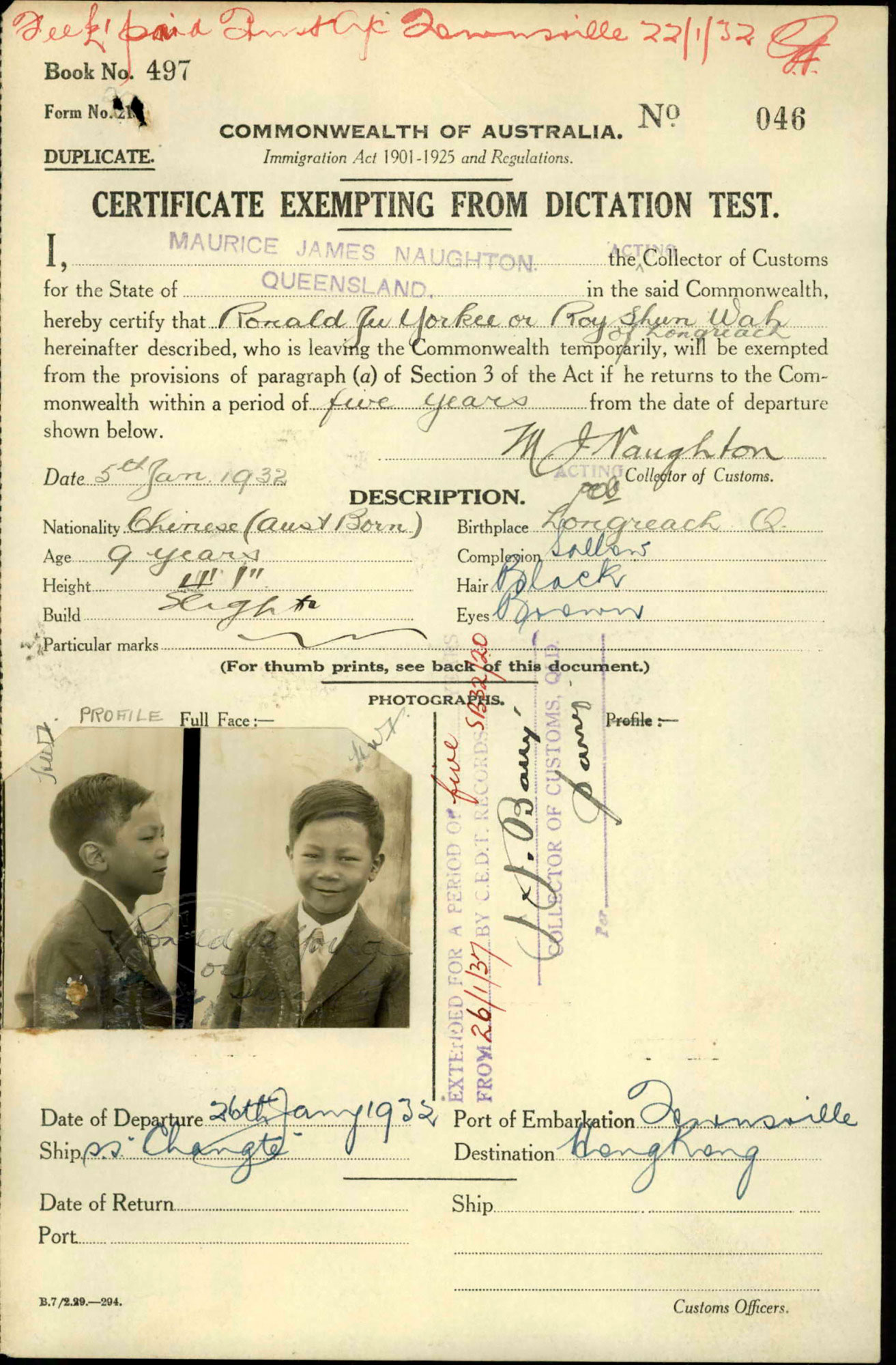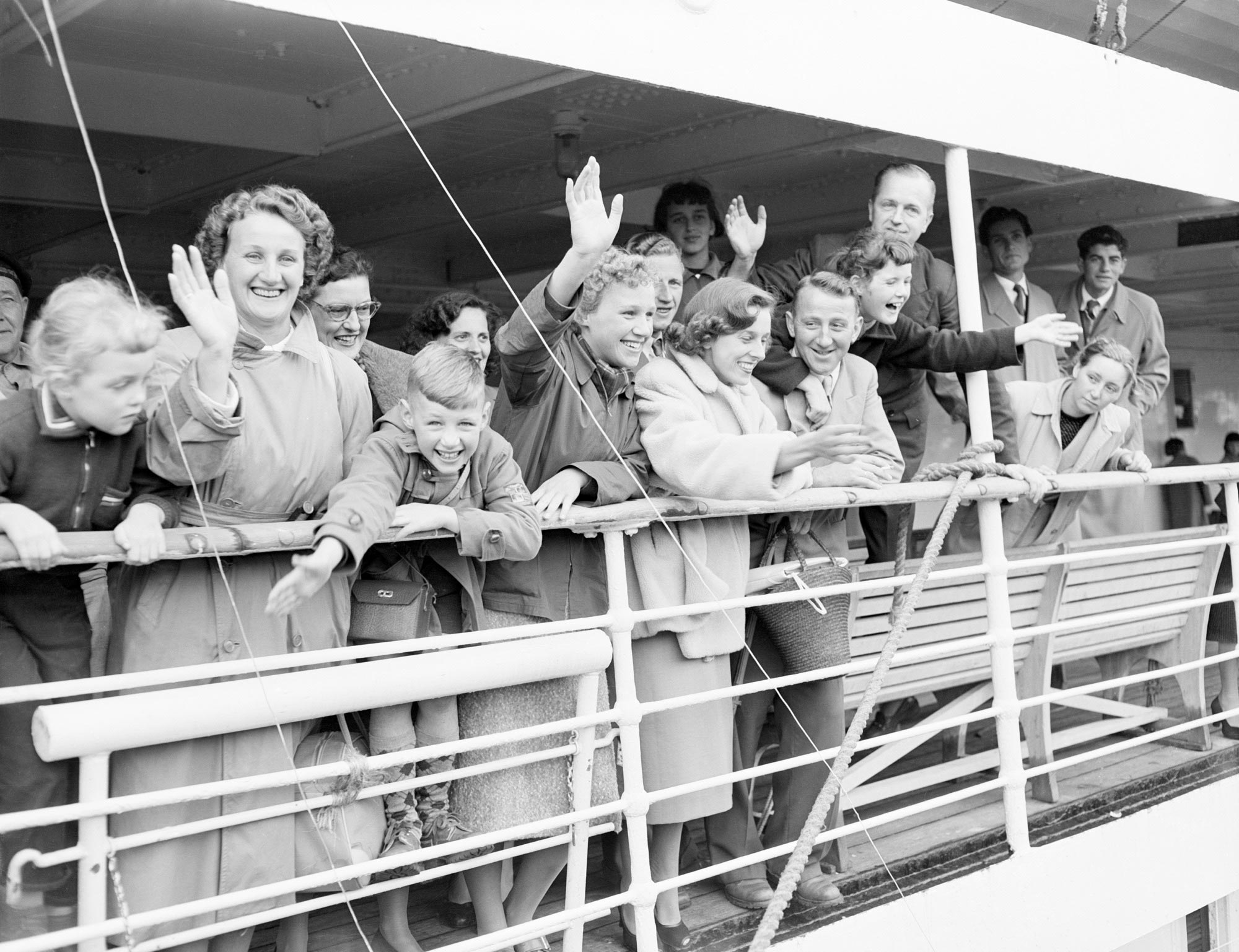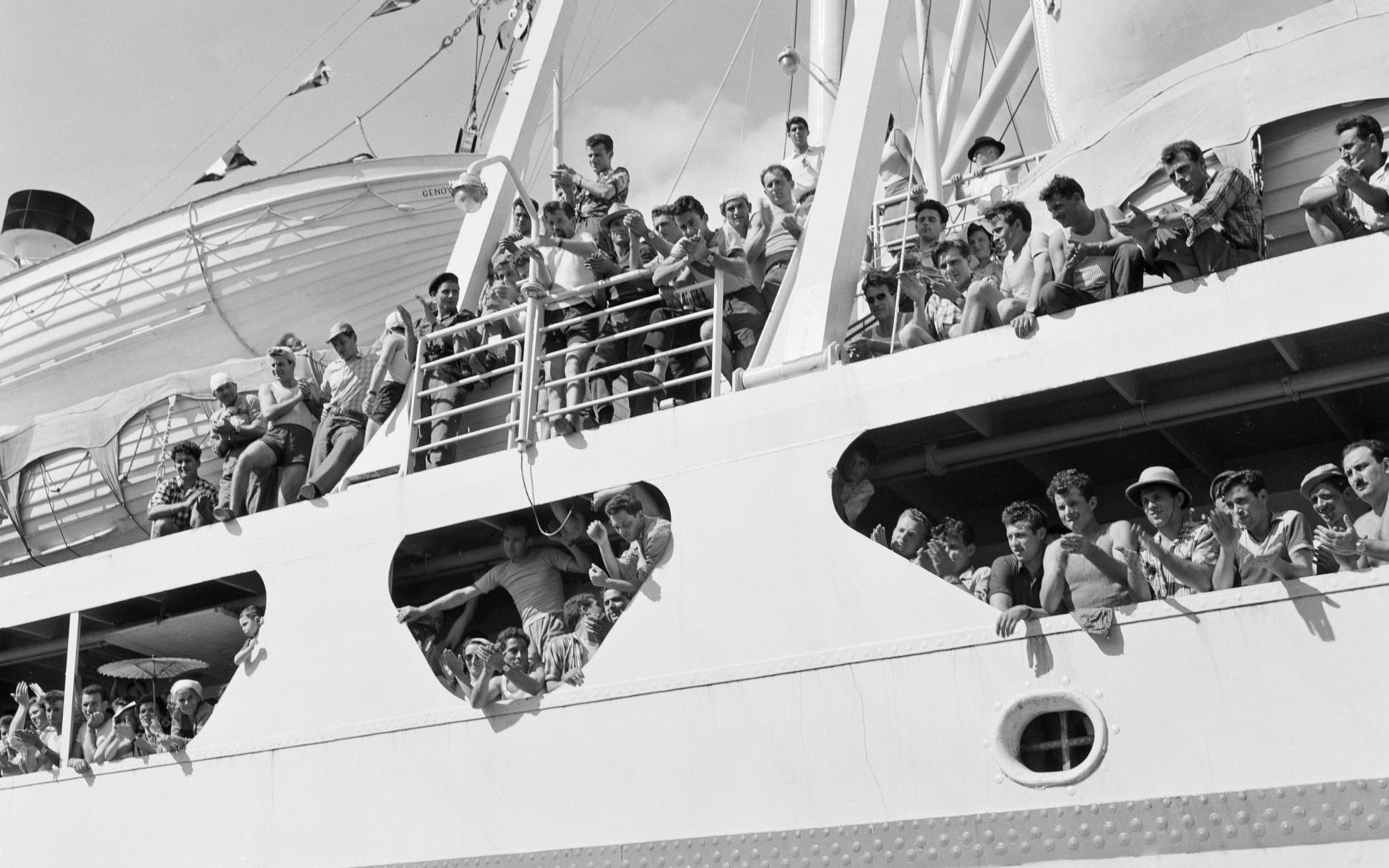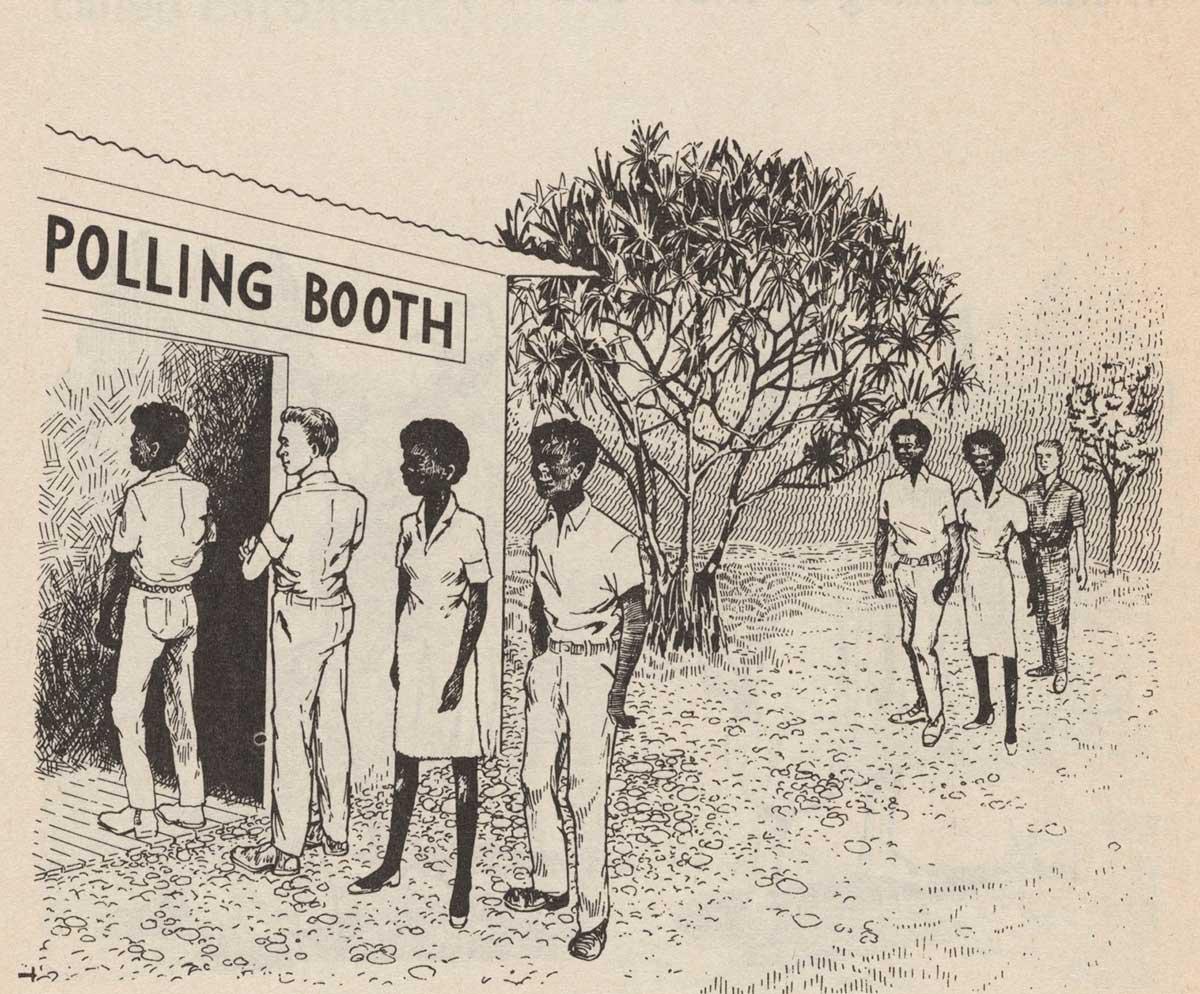Becoming Australians
1949: Nationality and Citizenship Act creates Australian citizenship
Becoming Australians
1949: Nationality and Citizenship Act creates Australian citizenship
In a snapshot
On 26 January 1949, the Nationality and Citizenship Act 1948 became law. It was the first time that the term ‘Australian citizen’ had been used in any Australian legislation, including the Australian Constitution. Although the Act has been changed since 1948, it is still the basis for how a person becomes an Australian citizen.
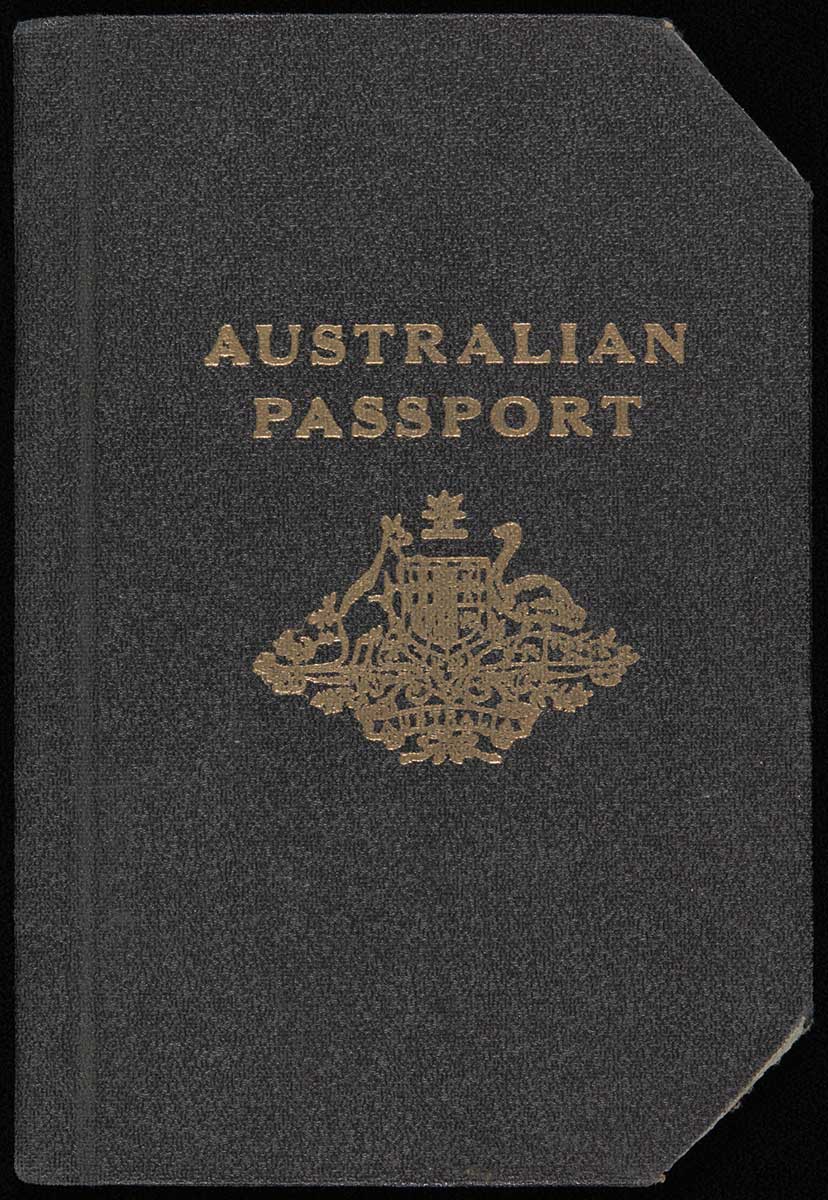
 Can you find out?
Can you find out?
1. What was the citizenship status of all people born in Australia before 1949?
2. What did the Nationality and Citizenship Act 1948 help to create?
3. Why do you think Australian citizens were still thought of as British subjects after the Act was passed?
How did citizenship work before 1949?
Until 1949 there was no such thing as an Australian citizen. Before that, anyone born in Australia was a British subject. The Australian Constitution didn’t mention ‘Australian citizenship’; and when Australians travelled overseas they were given a British passport.
From the 1940s onwards the official connections between countries that were once part of the British Empire began to weaken. In 1946 the Canadian Government was the first country in the British Commonwealth to bring in its own Citizenship Act. This led to other Commonwealth countries such as New Zealand, South Africa and Australia bringing in Citizenship Acts in 1948 and 1949.
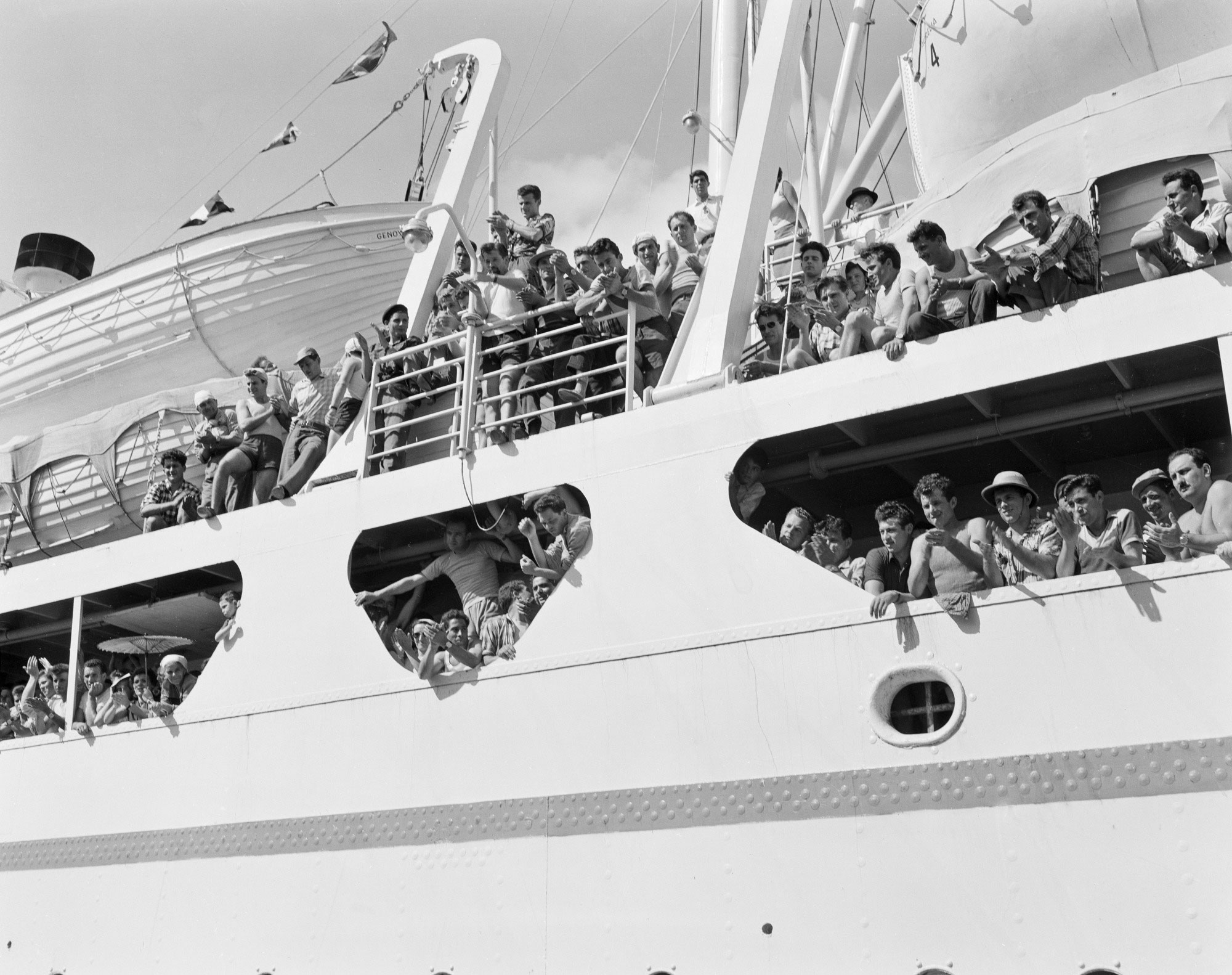
How did the Nationality and Citizenship Act become law?
In 1948 Arthur Calwell, Australia’s first Minister for Immigration, introduced the Nationality and Citizenship Bill in the House of Representatives.
Some politicians argued that the Bill didn’t go far enough, because it didn’t explain what being an Australian citizen meant in terms of rights and privileges. Others believed the Bill was designed to help destroy the British Empire.
Despite these objections, parliament passed the Nationality and Citizenship Act 1948 and it became law on Australia Day, 26 January 1949.
The Act created Australian citizenship and the rules for gaining it. All residents born in Australia automatically became citizens. They also kept their status as British subjects. Under the Act, it was also easy for British subjects from other parts of the Empire to become Australian citizens. But it was much more difficult for migrants from outside the British Commonwealth to do so.
‘It will symbolise not only our own pride in Australia, but also our willingness to offer a share in our future to the new Australians we are seeking in such vast numbers... They will no longer need to strive towards an intangible goal, but can aspire to the honour of Australian citizenship... We shall try to teach the children that they are fortunate to be British, and even more fortunate to be Australian.’
How did the Act affect non-British migrants and Aboriginal and Torres Strait Islander people?
The Department of Immigration was in charge of Australia’s postwar immigration drive, which first encouraged migrants from non-British countries in Europe to live in Australia. The Nationality and Citizenship Act was part of the department’s plan to encourage migrants to assimilate into Australian society.
But not many non-British migrants applied for citizenship because it was a difficult process and it didn’t offer many benefits. The main benefit of becoming a citizen was the right to vote in elections.
Aboriginal and Torres Strait Islander people didn’t gain much from the Act. They became Australian citizens, but most still didn’t have the right to vote in federal elections.
Research Task
Look closely at this letter. Was Mr Zagora granted Australian citizenship? Why or why not?
How has Australian citizenship changed over time?
Since it became law in 1949, the Nationality and Citizenship Act has been amended more than 30 times. In 1973 it was renamed the Australian Citizenship Act. Over time, amendments removed discrimination against non-British migrants. In 1984 the Act was amended so that Australian citizens would no longer be considered British subjects.
Read a longer version of this Defining Moment on the National Museum of Australia’s website.
Research Task
In 2007 the Australian Citizenship Act was amended again. Can you find out what new measures were brought in as part of that amendment?
 What did you learn?
What did you learn?
1. What was the citizenship status of all people born in Australia before 1949?
2. What did the Nationality and Citizenship Act 1948 help to create?
3. Why do you think Australian citizens were still thought of as British subjects after the Act was passed?






